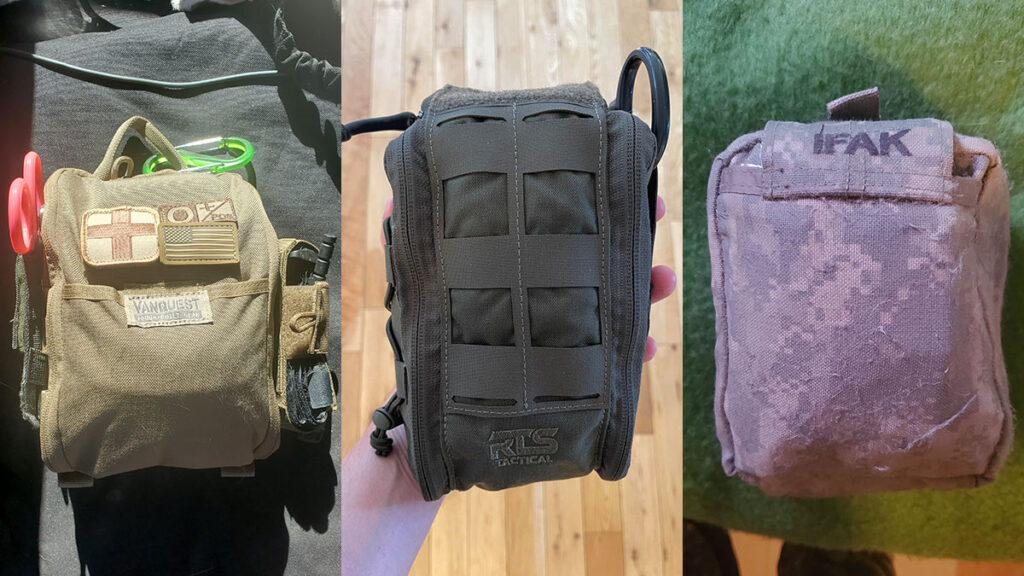
Preppers need the 3 Bs: beans, bullets, and bandages. Filling the bandages category should include owning an IFAK.
IFAK stands for Individual First Aid Kit. It’s a compact kit that holds critical life-saving medical equipment. Some people refer to them as an “IFAK Kit” which is technically incorrect, because “kit” is the K in IFAK.
These are small kits usually worn on a sturdy belt or attached to a pack. They are often used in hostile situations where the rapid deployment of first aid could be necessary, but they can be used for everyday “just in case” purposes as well.
What Should Go In One?
What goes into your IFAK should be specific to you and your situation. You could make a bug out IFAK, sailboat IFAK, cabin IFAK, etc. I’ve seen retailers market many different types:
- Bureau of Land Management Ranger IFAK
- North American Rescue IFAK
- Compact IFAK (even smaller)
- Multi Trauma IFAK
- Vehicle IFAK
- ICE IFAK
The IFAK I have came from RTS Tactical, their Tactical Rapid Deploy kit. This kit came in a green pouch and works with MOLLE attachments. The medical shears are secured to the outside, and the whole thing can be easily opened with just one hand.
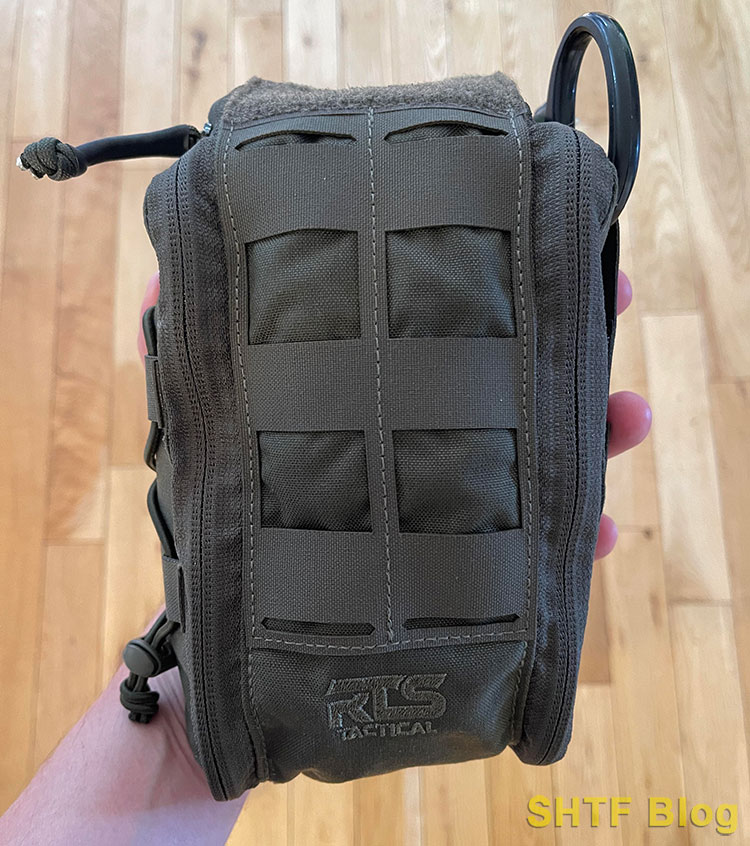
The bag and all of its components measures 3.5 x 4.5 x 8.25 inches. It weighs 180 grams or 6.4 ounces.
It includes the following:
- Israeli Trauma Bandage
- 3″x24″ QuikClot Hemostatic Gauze
- SWAT T Tourniquet
- Vacuum-Sealed 12′ Z-Pak Gauze
- 3M Medical Tape
- Triage Marker
- Glow Stick
- CPR Mask with One-Way Valve
- Nitrile Gloves
- RTS Medical Shears
- Nasal Airway + Lubricant
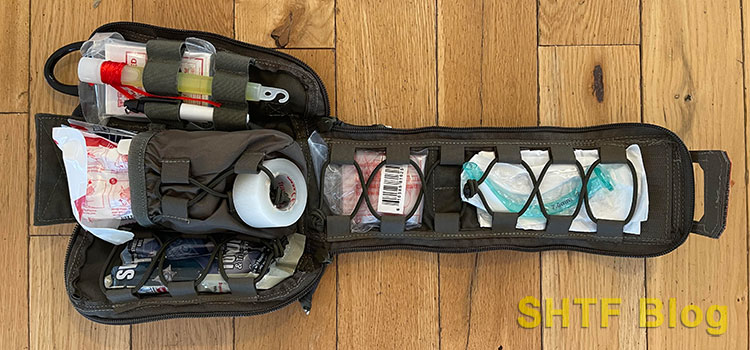
Two zippers go up each side of the pouch. I can grab the top handle and pull it down with one hand exposing all of the content without spilling it all over the ground. Each item is individually secured inside the pouch.
A reader sent me pictures of his various IFAKs. The first is one he bought from Vanquest. The second is one he built for his bedroom. The third (further down) is a creative one he made using an ammo can that he attached to his tractor.
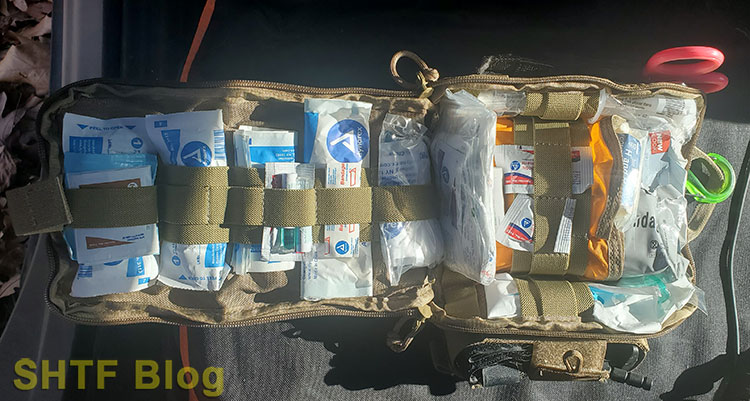
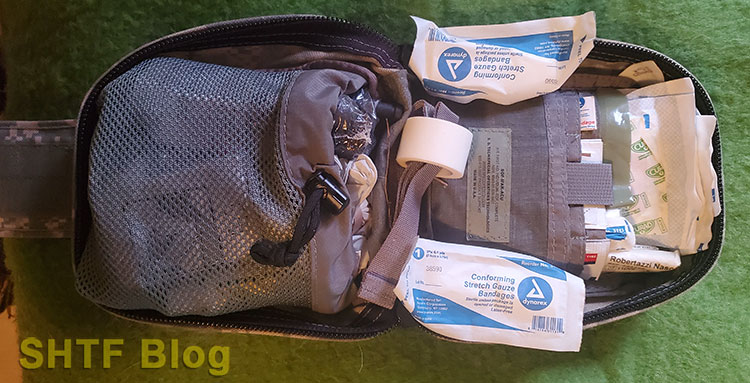
Additional Items to Consider
I polled preppers through our social media channels in advance of this article to ask what they include in their IFAK. Contents varied (as it should), but the equipment generally included the same pieces that came in my Rapid Deploy kit and some of what follows.
- Duct Tape – who doesn’t need that!?
- Emergency Blanket – great for a vehicle or sailboat kit.
- Chest Seals – these are seen in most “tactical” kits.
- Tension Pneumothorax Kit* – a needle and catheter used in the treatment of trauma victims.
- Cricothyroidotomy Kit* – an emergency airway device that allows quick ventilation during acute respiratory distress.
- Nasal Pharyngeal Airway (NPA)* – a tube intended to secure an open airway.
- Band-Aids – I’m talking the household kind here. Why? Because they are used often.
- Benadryl – great for allergic reactions.
- Naproxim Sodium – a multitude of uses here.
- Povidone-Iodine Prep Pads – used as an antiseptic for minor invasive procedures.
- Anti-diarrheal Medicine – diarrhea in a SHTF situation could be really bad (think dehydration or bugging out).
You must decide whether any of these items should be worthy of your IFAK.
It’s easy to go overboard!
Adding items to an IFAK is easy to justify. I certainly need this, and two of these. And this would be good – just in case.
If you can’t close your pouch with ease it’s time to thin it out!
You’re not going to fit the supplies of an ambulance into an IFAK, but that’s not the point of one. This is a kit carried (most often) on your body and needs to be small enough to allow you to move freely and quickly.
This is not an AFAK (advanced first aid kit) or an MFAK (multi-first aid kit). This is an Individual First Aid Kit. Keep it small!
Should You Buy One or Build One?
I’ve written about this question before as it applies to general first aid kits.
Buy One
The advantage to buying one is you save the time of assembling one on your own. You can peruse the market and see what makes sense to you. It’s quick and easy. The disadvantage is that you might be paying for some components that you don’t want or need.
Like with anything, if you decide to buy one you can either go high end or low(er) end. Get the one that fits your needs and your budget, because having one, regardless of how extensive it is, is better than having none at all.
Following are two choices with strong reviews:
No products found.
- ✅【Everlit Emergency Trauma Kit】: Uniquely customized by U.S military VETERANS to get you well-prepared in advance to emergencies during the outdoor adventure, hunting, camping, travel, disaster, and accident. The Everlit Emergency Trauma Kit is ideal for field tactical medics, police, military, combat life savers, first responders, outdoor enthusiasts and more!
- ✅【Massive Hemorrhage and Circulatory Care】: This kit contains the most use friendly, compact and popular survival and first aid supplies for massive bleeding control on the market, which includes: military combat tourniquet, tactical Israeli pressure dressing, and compressed gauze.
- ✅【Respiratory and Hypothermia Treatment】: Sealing the open chest wound is extremely critical, and the equipped chest seals are designed to seal the chest and to prevent lungs collapsing. A shock often occurs after massive loss of blood, which comes hand in hand with a drop of body temperature. The emergency thermal blanket is designed to keep body temperature warm as a treatment for hypothermia.
- ✅【Bone Fracture Treatment】: 36 Inch Splint Roll to keep your bones in position, triangle bandage and elastic bandage to wrap around and secure the limb from moving around. Together the Splint Roll, Triangle Bandage, and Elastic Bandage are purposely selected in this kit for any bone fracture of your limbs.
- ✅【Veteran Owned Company 5 – Star Customer Support】: Everlit is committed to providing the most comprehensive customer service. We stand behind the quality of our inventory, all original Everlit products are covered under 1-year satisfaction warranty.
Build One
The advantage to building one is that you become more familiar with your kit. You have a better understanding of what’s in there and why you chose to include it. It’s customized. The disadvantage is that getting one is more time consuming.
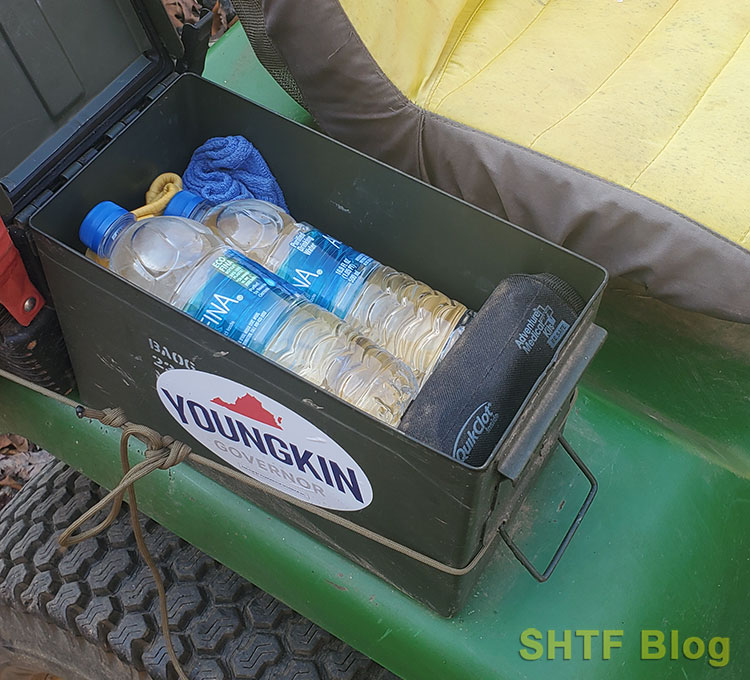
Don’t assume that buying an IFAK will be more expensive than building one. It depends entirely on the components and the quality of the pouch itself. Further, you could buy an IFAK to start, and then customize it later as you become more familiar with the equipment.
If you decide to build one, start with the right pouch. You want something with MOLLE-compatible attachment points.
- Size: 8" (H) x 5.5" (W) x 3" (D) | 4 internal storage pockets with 3 elastic webbing bands and 2 loops for cylindrical items
- Formed grab handle instantly opens FATPack with one downward pull, giving full access.
- High-visibility & moisture resistant 210-D Ripstop nylon interior | User-configurable storage ladder with shock cord retention
- 500-D Military grade Cordura fabric with Durable Water-Repellent (DWR) | Durable & abrasion resistant RC-Class YKK #8 zippers, reversed for protection.
- 2" (H) x 3" (W) ID/morale loop patch panel on front | MOLLE/PALS webbing on rear for modular attachment
Final Thoughts
Wear (or store) your IFAK where it is readily accessible. It should be easily identified with a red cross or marking of some type so that anyone needing to grab gear in a hurry knows where to reach (it could be you they’re saving).
Don’t just buy or build one and forget about it. Know your gear. Know how to use it. You don’t need to take Disaster Life Support training (though that can’t hurt), but you should know some first aid basics.
Practice wearing your IFAK pouch in different places. Make sure you wear it somewhere that it can be reached from either hand. Then move around with it.
Is it too bulky to attach to your chest? Does it complicate the reach to your sidearm if on your belt? Only through trial and error will you know.
Preppers need an IFAK. The question is more what do preppers need in an IFAK.
What’s in yours? Let me know in the comments section.

